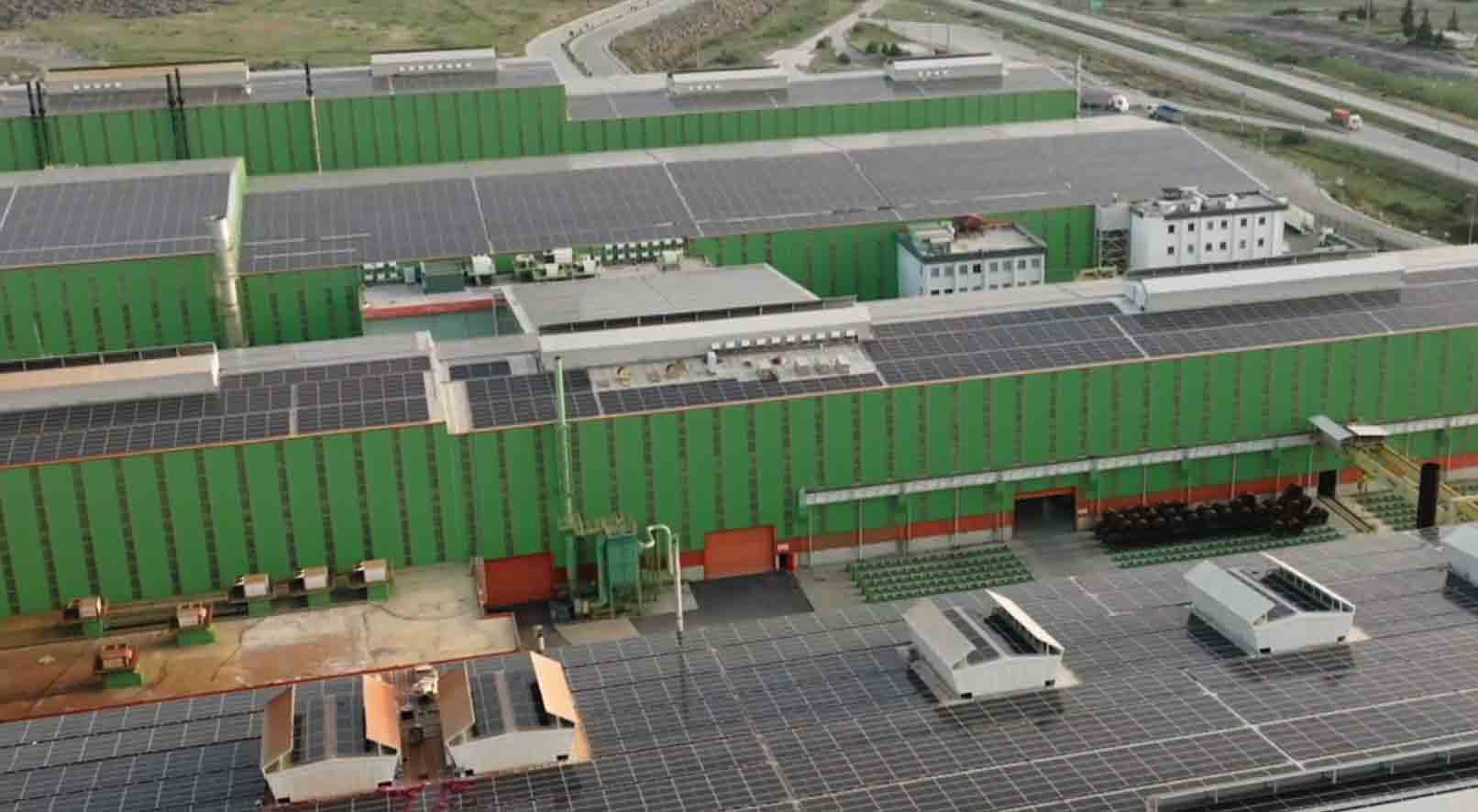In the dynamic landscape of energy consumption, utility companies face the ongoing challenge of meeting the increasing demand for electricity while ensuring the stability of the grid. One innovative approach gaining prominence is the utilization of Energy Storage Systems (ESS) to manage and reduce peak demand. Energy Storage Systems offer a versatile and environmentally friendly alternative for utility companies seeking to optimize their operations and address peak demand challenges. These solutions store excess energy during periods of low demand and release it when demand is at its peak, effectively balancing the load on the grid.
Utility Companies Embrace Energy Storage Solutions to Tame Peak Demand
Smoothing Demand Fluctuations
One of the primary roles of ESS in reducing peak demand is to smooth out the fluctuations in energy consumption. By intelligently storing surplus energy during off-peak hours, utility companies can ensure a consistent, reliable power supply during peak demand periods. This not only prevents the immediate need for additional generation capacity but also helps avoid overburdening the grid infrastructure, ensuring a balanced and resilient energy distribution system.

Integration of Renewable Energy Sources
As the world transitions towards cleaner energy sources, utility companies are increasingly incorporating renewable energy into their portfolios. However, the intermittent nature of renewables like solar and wind can pose challenges in meeting peak demand. Energy Storage Systems act as a strategic buffer, efficiently storing excess energy generated during favorable conditions and seamlessly delivering it during periods of high demand. This plays a pivotal role in providing a dependable, unwavering power supply, bridging the gap between renewable energy availability and peak demand requirements.
Grid Stability and Reliability
ESS contributes significantly to grid stability and reliability by providing quick and responsive energy support. During peak demand, the stored energy can be rapidly deployed to meet the surge in electricity needs, preventing disruptions and ensuring a seamlessly uninterrupted power supply. This ability to respond swiftly to changes in demand enhances the overall resilience of the grid, ensuring that fluctuations in energy consumption do not compromise the stability and reliability of the entire electricity infrastructure.
Demand Response Programs
Utility companies are increasingly leveraging ESS in conjunction with demand response programs to actively engage consumers in managing peak demand. Through these innovative programs, consumers are incentivized to reduce their electricity usage during peak hours, actively participating in the optimization of energy consumption. ESS plays a crucial role by providing a reliable backup during periods of reduced consumption, acting as a stabilizing force that supports the success and effectiveness of demand response initiatives.
Cost Efficiency and Long-Term Savings
Investing in ESS not only addresses immediate challenges related to peak demand but also offers long-term cost efficiencies. By strategically reducing the reliance on expensive peak-demand power plants, utility companies can optimize their infrastructure investments and operational costs. Presenting state-of-the-art Energy storage Solutions, HUAWEI stands at the forefront of innovation in the industry. The extended lifespan of Energy Storage Systems ensures a sustainable and economical solution over the years, providing a reliable and cost-effective means of managing peak demand and contributing to the financial viability of the energy sector in the long run.

Conclusion
As the global energy landscape evolves, utility companies are embracing innovative solutions to tackle the perennial issue of peak demand. Energy Storage Systems have emerged as a key player in this transformation, offering a flexible and sustainable approach to grid management. By efficiently storing and deploying energy, ESS contributes to grid stability, integrates seamlessly with renewable energy sources, and provides a cost-effective strategy for meeting the growing electricity demands of the future. As utility companies continue to prioritize resilience and sustainability, the widespread adoption of Energy Storage Systems is poised to play a pivotal role in shaping the future of the energy sector.